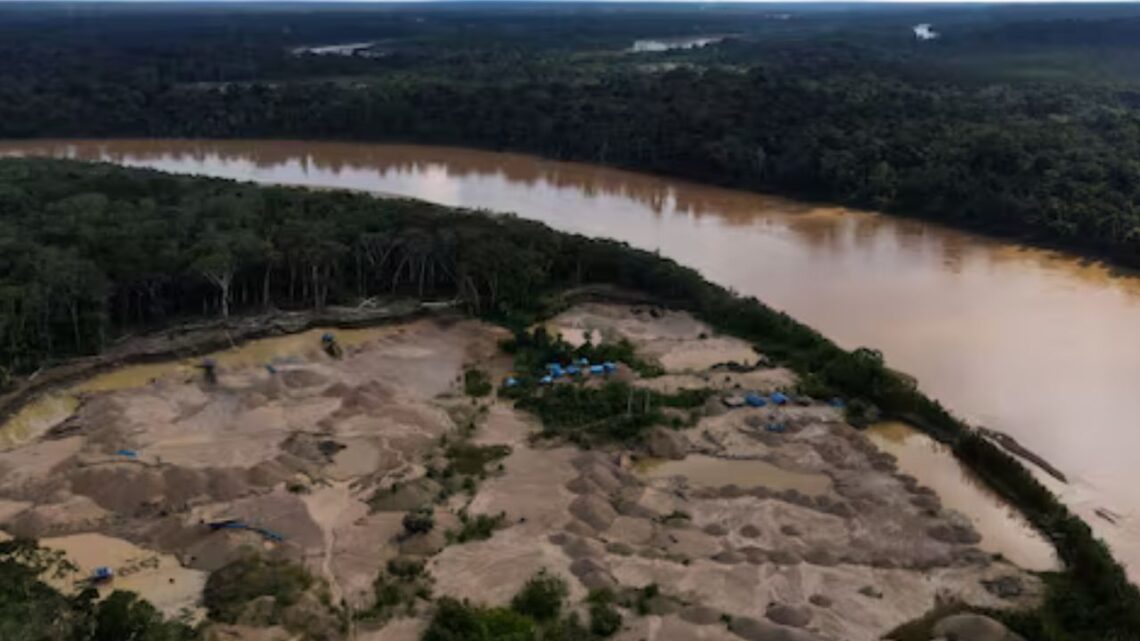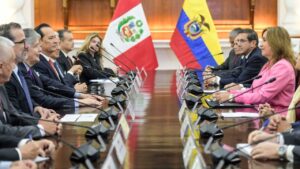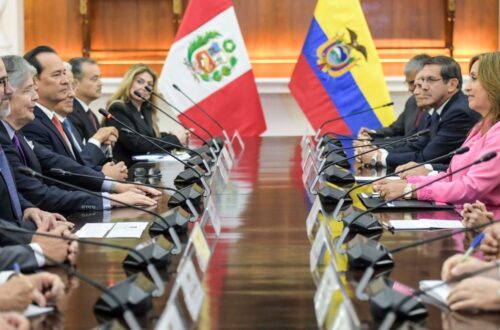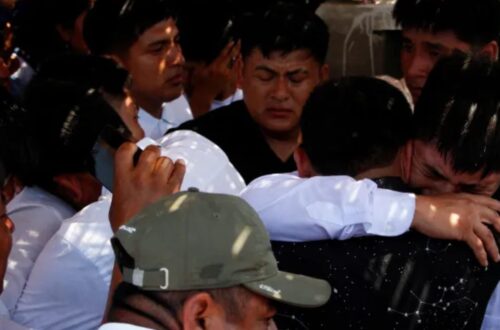In Peru’s Amazon, the race for gold is creating a serious mercury poisoning crisis. As gold prices reach record highs, more people are digging illegally for it.
But the cost is huge — poisoned rivers, sick fish, and communities facing slow, invisible damage. A Catholic bishop in Peru’s Amazon, Miguel Ángel Cadenas, has warned that the world must act before it’s too late.
Why Mercury Is Used in Gold Mining
In small and illegal mining, mercury is used to separate gold from mud and sand. It’s cheap and easy to use, but very dangerous.
When miners burn off the mercury to collect gold, it releases toxic vapour into the air and leaves contamination in rivers. The mercury then builds up in fish, and when people eat those fish, it enters their bodies.
Over time, this leads to brain and nerve problems, especially in children and pregnant women. Doctors in Peru’s Amazon say many local families now have mercury levels higher than the World Health Organization (WHO) limit.
How Big Is the Problem in Peru?
Illegal gold mining has grown since the COVID-19 pandemic, especially along the Tigre, Nanay, Napo, and Putumayo rivers. Bishop Cadenas says communities living near these rivers face a “delicate situation” because their diet depends on fish.
Research in the Madre de Dios region found that 43% of women of childbearing age had unsafe mercury levels. In some river villages, 80% of people tested had more mercury than the WHO allows. Since medical care is limited in these remote areas, many victims go untreated.
The bishop also said that people don’t even know what’s happening. There’s very little information available, and no safe alternatives to fish-based diets.
The Hidden Human Cost
Illegal mining doesn’t just harm the environment — it also brings violence and crime. Many environmental defenders who speak out are threatened or attacked. In Peru and nearby Colombia, criminal groups often protect illegal mining sites. Some are even connected to armed gangs.
The situation is so bad that Peru’s Amazon has become one of the most dangerous regions for people defending nature.
Government Efforts and Global Responsibility
Peru has tried to fight this problem. In 2019, the government launched Operation Mercury, a joint police and military campaign. It reduced mining in some areas but did not stop it completely. Illegal miners moved deeper into the jungle instead.
This year, authorities seized 4 tonnes of smuggled mercury at Callao port. But mercury smuggling still happens across borders.
Bishop Cadenas said Peru cannot handle the crisis alone. Countries that buy gold — like China, the UAE, the UK, and Switzerland — must demand traceable gold. This means buyers should check if the gold came from legal, clean sources and not from polluted Amazon rivers.
Mercury Dangers vs. Gold Gains
| Aspect | Mercury / Illegal Gold Mining | Reason People Do It |
|---|---|---|
| Health | Causes brain and nerve damage | Easy income from gold |
| Environment | Pollutes rivers and forests | Quick profit |
| Society | Increases crime and violence | Poverty forces people to mine |
| Global Impact | Mercury enters global food chain | High gold demand |
| Solution | Traceable, legal gold mining | Needs global cooperation |
What Needs to Happen
To protect Peru’s Amazon, experts suggest:
- Traceable gold systems so illegal gold can’t be sold easily.
- Education for local communities about mercury dangers.
- Better healthcare in Amazon regions.
- Global cooperation to stop smuggling and illegal mining.
- Support for alternative jobs that don’t harm the environment.
The world’s hunger for gold is poisoning the heart of the Amazon. Peru’s rivers, fish, and people are suffering from mercury pollution caused by illegal mining.
While Peru is trying to stop it, real change will only happen if gold-buying countries demand clean, traceable sources. Without stronger global action, the Amazon’s people and wildlife will continue to pay the price for the world’s gold fever.









